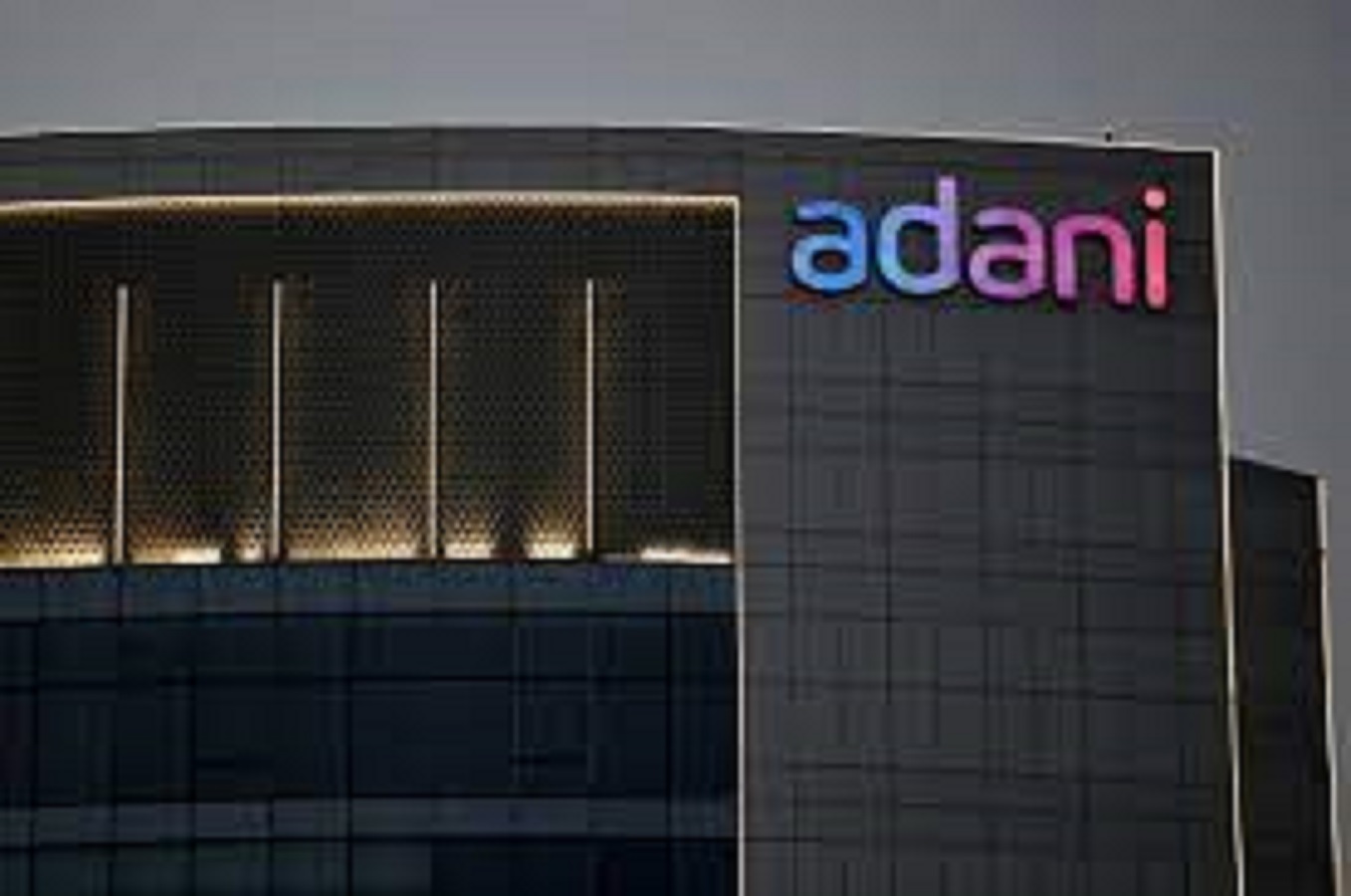
KOCHI:
India is a bright spot in the global lubricants market thanks to forecasts for significant growth, according to the latest research findings shared by Kline & Co. at the industry conference Shining Bright: Unlocking Growth Opportunities in the Indian Lubricants Market. The same sentiment was unanimously echoed by the esteemed industry leaders at the conference about the world’s third-largest lubricants market.
According to Kline’s Global Lubricants 2022: Market Analysis and Assessment report, India’s lubricant market will grow at a CAGR of 3% through 2027. Among the top five major lubricants-consuming countries globally, India is the only one with strong lubricant demand growth potential. In contrast, other markets such as the United States, China, Japan, and Russia are likely to witness a decline or slowdown in lubricant demand growth. Over the next decade, despite the emergence of electric vehicles, lubricant consumption in India will continue to grow. At the same time electric vehicles will create demand for specially developed fluids, called EV fluids or e-fluids.
According to Milind Phadke, Vice President, Kline & Co. “By the end of this decade, the lubricant supply chain in the country will be further strengthened with an increased domestic supply of baseoils due to new capacity additions by national oil companies.”
In 2021, India’s lubricant market bounced back with double-digit growth after witnessing a strong decline in 2020 due to the COVID-19 pandemic. The market continued to grow further and exceeded pre-pandemic demand levels in 2022.
Despite the challenges posed by the pandemic and the geopolitical issues related to the Russia-Ukraine war, India was the fastest-growing major economy in the world in the financial year 2022-2023. According to the International Monetary Fund, the country is expected to maintain this growth momentum over the next five years, increasing at an annual rate of 6%.
Factors that will drive this progression include a growing digital economy, industrialization, urbanization, increasing discretionary spending, and increased investments in infrastructure development. GDP per capita will increase to almost three times by 2035 when compared with GDP per capita in 2022. This growth will not only be seen in urban areas but will also percolate in rural areas.
With most population growth primarily occurring in the lower-income segment or middle class, mobility usage is also changing with more focus on low cost and flexibility. Affordability has been a major influence on user preference for public transport and two-wheelers. Thus, two-wheelers will continue to lead the personal mobility space and drive demand for motorcycle oils.
According to the National Family Health Survey, 2019-2021, only 8% of households had cars, while more than 50% of households relied on two-wheelers (including bicycles). This suggests, unlike Western countries, that India has the potential to increase car ownership. Owning a car is seen as a status symbol, and a significant portion of the population that does not own a car currently aspires to own one. As a result, car ownership in India could double between 2022 and 2040. Kline expects that consumer automotive lubricants demand will grow at 3.5% CAGR between 2022 and 2027.
According to Satyan Gupta, Director, Kline & Co. “The market value is expected to grow at an even higher CAGR of 6.0% during this period with increased consumption of high-value low viscosity synthetic products.” Most of the original equipment manufacturers (OEMs) including the economic and mid-tier car makers such as Maruti Suzuki, Tata, and Hyundai are recommending low viscosity grades which necessitate use of fully synthetic lubricants. Other Japanese OEMs – Honda, Toyota, and Nissan, among others, also have 0W-20 as recommended engine oil for most of their models.
The B2B segment (commercial automotive and industrial lubricants) will witness slightly lower growth at a CAGR of 2.7% between 2022 and 2027. Even in this segment, the value is expected to grow faster (CAGR 6.9%) than volume.
The commercial automotive lubricants market is expected to go through a phase of transition with increased adoption of higher-quality lubricants by vehicle owners. This transition will be driven by the Vehicle Scrappage Policy, which will increase the scrappage of older vehicles beyond a specific age and subsequently support additions of new vehicles in the vehicle parc. Most OEMs already recommend the use of 15W-40 grade engine oil with API CI-4 PLUS specifications for BS-IV vehicles in India.
A shift toward lower viscosity grades has been noticed in the heavy-duty motor oil market also. In India earlier, mainly European OEMs used to recommend the use of 10W-40 but now Indian OEMs also recommend their use, apart from 10W-30 viscosity-grade oil in BS-VI vehicles.
In the industrial segment, increasing mining projects, cement manufacturing plants, power plants, and steel plants will support an increase in the output of these industries, thus supporting the demand for industrial lubricants over the forecast period. Increasing foreign and government investment in the domestic manufacturing sector through the Make in India and Invest India programs will support growth in industrial lubricants demand. Further, the global shift toward electric vehicles will open new prospects for automotive manufacturers and this could potentially make India an export hub for select lubricants.
In the future, three key interconnected megatrends will shape the growth of India’s industrial lubricant demand growth curve. These megatrends are digitalization, servitization, and sustainability. Digitalization, which includes smart manufacturing and robotics, along with increased servitization (lubrication-as-a-service/equipment-as-a-service), can lead to efficiency gains and help the industrial sector become more sustainable.




